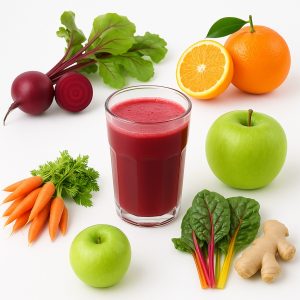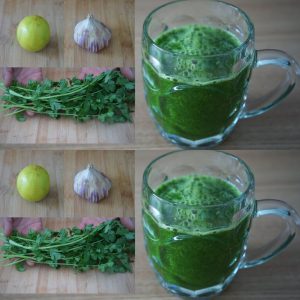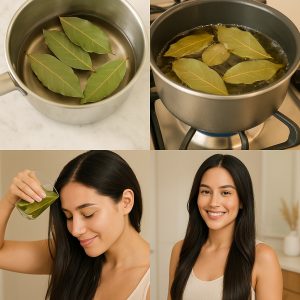Introduction to Banana Leaves: Versatility and Benefits
Banana leaves, the large, durable foliage of the banana plant, are a staple in tropical and subtropical regions. Renowned for their flexibility, waterproof nature, and eco-friendly properties, they are used extensively in cooking, packaging, and serving food. Beyond their culinary applications, banana leaves contribute to a healthier lifestyle and a sustainable environment.
Health Benefits of Banana Leaves
Packed with antioxidants like polyphenols, banana leaves help combat free radicals, reducing the risk of chronic diseases such as cancer and heart conditions. Their natural antibacterial properties also enhance food safety, especially when used as plates or wrappers. Additionally, dining on banana leaves is a therapeutic experience, promoting relaxation and psychological well-being through their natural aesthetic and cultural significance.
Culinary Applications and Preparation
Banana leaves are indispensable in traditional cooking techniques like steaming, grilling, and baking. They impart a subtle aroma while keeping food moist and preventing sticking. To prepare them, rinse thoroughly and pass them over a flame to release their natural fragrance and increase pliability. Whether used to wrap ingredients or as serving platters, banana leaves elevate both flavor and presentation.
An Eco-Friendly Alternative
As a biodegradable and sustainable resource, banana leaves offer a chemical-free packaging solution, reducing reliance on plastic and synthetic materials. Their single-use nature minimizes contamination risks while promoting a cleaner, greener planet. By embracing banana leaves in daily practices, you contribute to environmental conservation while enjoying their health and culinary benefits.





